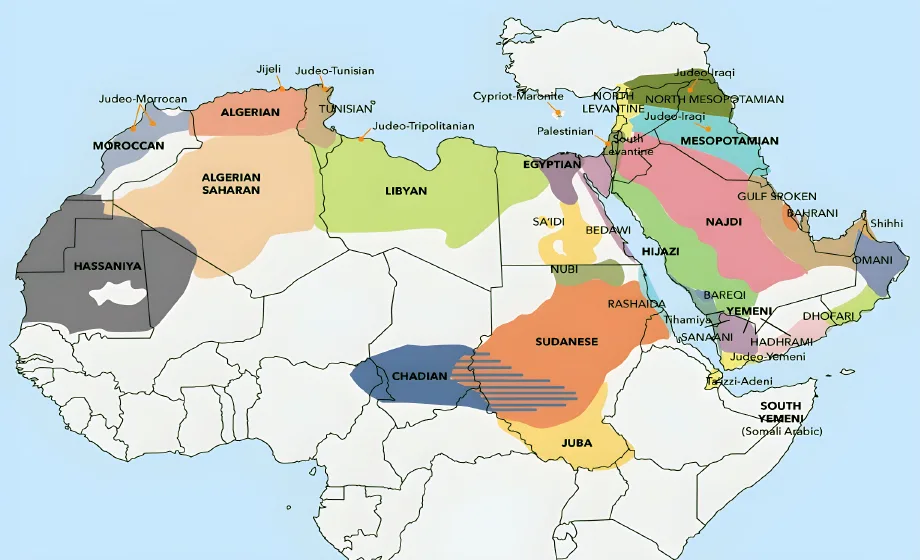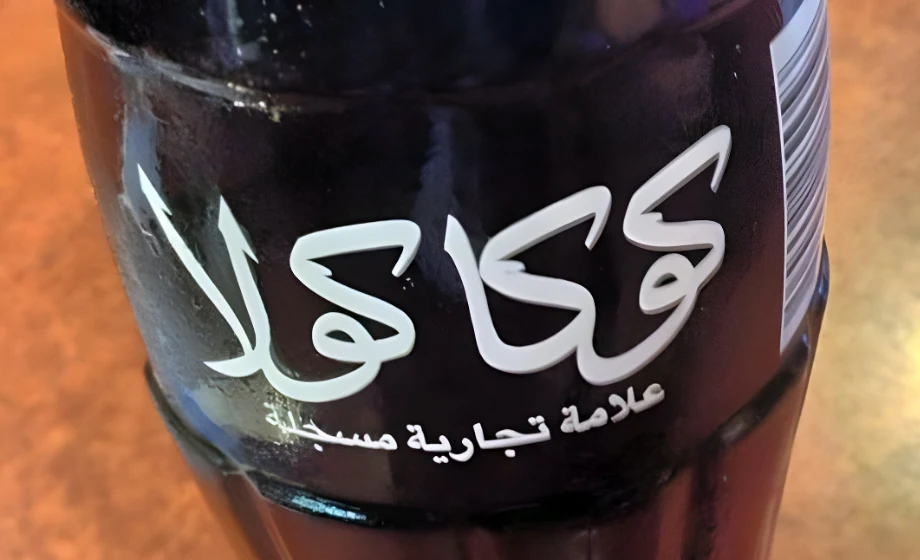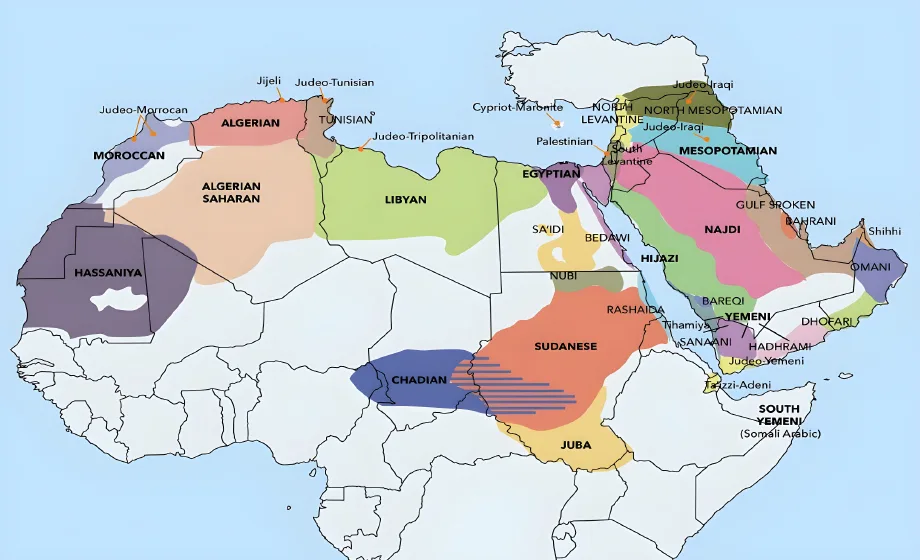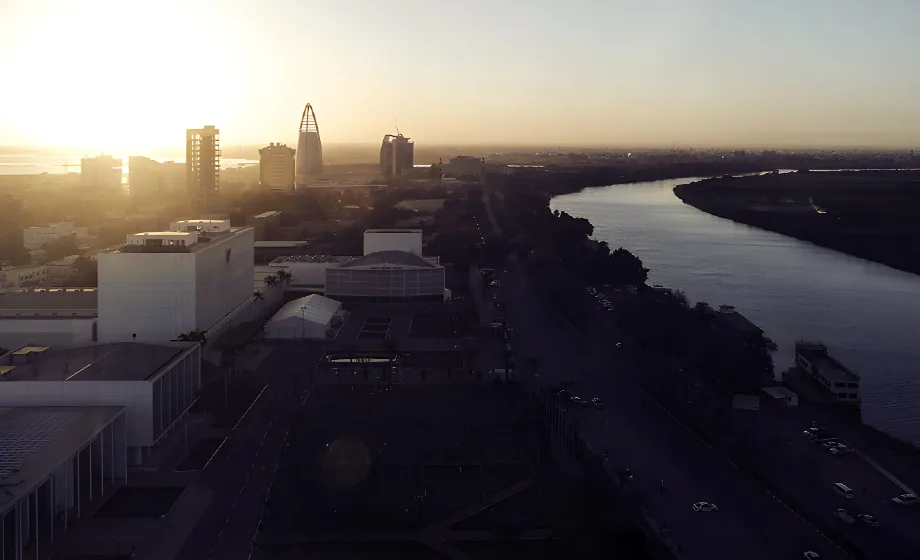The average translator can complete around 2,000 words per day.
But what if your project is 200,000 words long … and you need it back in a month!?
Industry Arabic specializes in large-scale translation projects like these where the only way to finish on time is to split the work across a team of translators and editors.
In fact, we’ve recently completed a 326,000-word project (that’s nearly 1,300 pages) in less than 6 weeks.
It took a team of nine translators and three editors to work simultaneously.
This type of job presents several challenges:
- How do you make sure that your team translates technical terms consistently across the whole project?
- How do you keep a team of workers on track and meet client and internal deadlines?
- How do you know which sections to give to which translators?
The answers depend largely on the judgment and experience of the management team, but to give you an idea of how we at Industry Arabic manage our longest and most complex jobs we’ve put together this short guide.
STEP 1. Determine The Right Number of Translators
It’s not necessarily the case that more translators on a project are better. Here’s why:
The more translators working on a project, the more difficult it will be to maintain consistency, since individual translators may have different ways of translating key phrases and terms.
When using a team of translators, more effort is needed to ensure consistency as the team gets larger.
There are also other limiting factors to your productivity, such as the amount of editing the translation managers can handle. So past a certain point, bringing on more translators will not speed up the project, and may in fact hurt quality.
It’s therefore a judgment call to strike the right balance between moving fast with a large team and keeping it small to reduce the need for extensive work later on to harmonize the text.
STEP 2. Not having an Arabic speaker on hand to review translations:
You will have translators with varying strengths on your team.
Some will be great at finding the perfect translation for technical terms. Others will have a beautiful and flowing translation style. Some may be faster or slower.
It’s critical to be familiar beforehand with the skill sets of your translation team, as this will inform your decisions on how to divide and manage the project.
STEP 3. Have A Subject Matter Expert Prepare The Project Glossary
It’s much easier to make sure that linguists are translating key terms consistently from the start than to go back and correct them afterward.
This means that a critical early step in your massive translation project should be to establish a glossary, or a list of important phrases and terms, and the standard translations for each.
If the client already has a glossary in place, great, you can run with what they give you and update as you go.
If not, then you’ll have to compile one. The best place to start is with the table of contents, section headings, and indices.
These parts should be translated first (preferably by a subject matter expert on your team), and then distributed to all the translators on the project.
Once the initial glossary is finished, it’s a good idea to send a copy to the clients, to make sure they are happy with the translations of key terms, and to resolve any technical issues that come up before the bulk of the translation work is done.
Consistency is not just about getting the technical jargon right but also about other recurrent words or phrases. These won’t jump out at you when you first read through the document, but you’ll start to notice them once the project is underway.
This underscores the importance of updating the glossary regularly throughout the project.
STEP 4. Maximize Your Team’s Productivity
Now that you’ve got a shared project glossary, it’s time to begin crunching through the file.
With a deadline looming, it’s critical that no translators are left with an empty plate during the project. Each translator should know their next assignment before they finish what they’re currently working on in order to minimize downtime.
It’s also a good idea to assign mini-deadlines of 4,000 to 5,000 words to make sure that translators are staying on track.
This way, if a translator completes one segment early, it reduces the temptation to inflate the job to fit the deadline. Instead, they’ll take the extra time to start working on the next task they have assigned and keep things moving.
There are always unforeseen circumstances in a large translation project, and you should have enough flexibility to respond to these as they occur. It’s often tempting to use your subject matter expert translator for the bulk of your project.
But for a project lasting weeks or months, the potential for burnout is high, so you don’t want to be assigning them both the more difficult parts of the project, as well as a higher word count than your other translators.
Instead, use them as the rising tide that lifts the general quality of the translation. Have them translate all the essential parts of the project that are particularly tricky or otherwise require special attention.
For sections that are difficult but extremely repetitive, have your expert translate just enough of it to provide the terminology, then hand it off to another translator who can use the finished sections as a model to work from.
STEP 5. Find And Fix Problem Spots Early
It’s critical to review the chunks of text as they come in and make sure your translators continue to adhere to the glossary throughout the project.
If you find that translators are deviating from the definitions established by the glossary, draw their attention to it and have them make the appropriate corrections. You can’t assume that the translators are checking every single word they translate against the glossary.
There may also be technical terms or internal company jargon that your linguists are having trouble with.
It’s a good idea to make sure you have the contact information of the right person on the client side handy so you can check with them on any ambiguous terms, and keep them regularly updated on progress.
STEP 6. Sweat The Small Stuff
As with terminology, formatting is another area where maintaining consistency becomes extremely difficult on a large translation project. And as with terminology, it ends up being more detailed than you imagine at first.
Text Formatting Elements: Font, point size, line spacing, paragraph spacing, bullet points, indentation. Very small changes in these elements can leave you with radically different-looking documents, and there are more of them than you think. Is the same font size used throughout the document, or do various elements use different font sizes? Is there indented text? How much is it indented? How much space is there between paragraphs?
Fonts: Most clients will probably want you to use the same formatting as in the source text, but watch out for formatting elements that don’t have an exact equivalent. Arabic doesn’t have fonts that correspond to all the fonts used in English, so you can’t necessarily use the same point size in the target language.
For example, if the source text is in Arial 10, that doesn’t mean the Arabic should be in Times New Roman 10 since Times New Roman 10 is smaller on the page than Arial 10.
But if you decide to use Times New Roman 12, then all the other point sizes need to be revised upwards in accordance with that. So if section headings in the source text are in Arial 12, then you need to use Times New Roman 14 in the translation, and so on.
Communicating Your Formatting: You can’t rely on your translators to arrive at the correct formatting just by sending them a sample, since they will most likely only get an impressionistic idea of the formatting this way. You need to indicate the exact settings for them to apply. Furthermore, as with terminology, you should notify them when they fail to follow the correct formatting and return their translations to them for the appropriate adjustments.
Templates, Use Them: For regularly occurring sections that may involve some tricky formatting, make a template to give to your translators; just make sure they are making all the appropriate changes to it.
Editing and Review: Of course, all the previous tasks are jobs for the editor as well, but then again, the translation manager also needs to manage himself.
Just as your translators have typical daily output, translation managers also have a standard amount they can edit and proofread per day. Make sure you take this into account when drawing up a schedule for the project. Don’t forget to take into account the fact that some of your translators will need more editing than others.
Arabizing Graphics: Many longer translation projects have graphical elements such as labeled diagrams, graphs, and charts that will need to be manipulated with software like Photoshop.
As the project draws to a close, it’s time to send the text and graphics files to a graphical specialist to erase the English and add the Arabic text and flip the charts if necessary to match Arabic’s right-to-left orientation (or vice versa).
STEP 7. Client Submission And Review
Now with the file translated, proofread, formatted, and the graphics Arabized, it’s time to submit the final document to the client.
In some cases, this takes place in one big chunk, or at stages agreed on at the project’s outset.
Usually, if the file is heavily technical, a person on the client side will review and approve the file, or flag any outstanding issues.
As part of Industry Arabic’s satisfaction guarantee, we include a 30-day period after file submission during which we will make any necessary changes to the file, in case there are any tweaks necessary to make the final file 100% perfect.
And If You Want To Outsource The Project …
As you can see, it takes more than a team of translators to get large translation projects done right and on time.
Most offices will not have a ready-to-go team of translators, editors, and graphics specialists standing by for such a project when it comes up, and that’s why they look to specialist companies like us to get the job done.
Industry Arabic has a long list of happy clients for whom we’ve managed the toughest technical and legal translation projects. You can read what they say about working with us here.
So if you’re looking to get more information about a translation project for your business, NGO, or other enterprises, we’d be happy to help.



